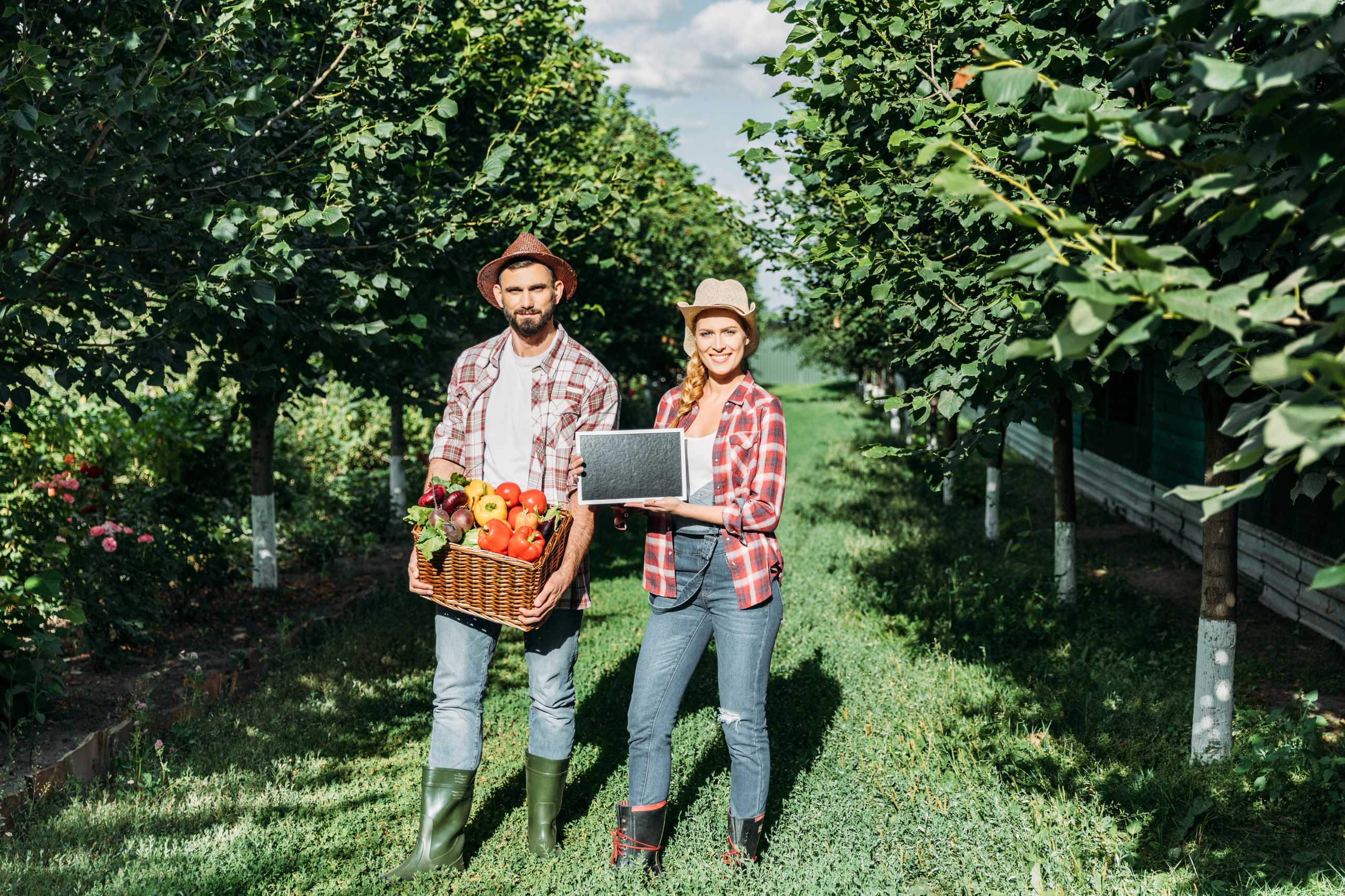After months of care, watching your plants grow, and nurturing every seedling, harvest time is one of the most rewarding moments in home gardening. But proper harvesting and storage are key to preserving flavor, nutrients, and longevity.
Knowing When to Harvest
Timing is crucial. Picking vegetables at their peak ensures the best taste and texture:
- Leafy greens – Harvest before leaves get tough; pick outer leaves first for continuous growth.
- Tomatoes – Wait until they are fully colored and slightly soft to the touch.
- Root vegetables – Carrots, radishes, and beets are ready when the tops show through the soil and roots are firm.
- Peppers and eggplants – Should be firm and glossy; overripe vegetables can lose flavor.
Observing each plant daily allows you to catch the perfect moment for picking.
Harvesting Techniques
Using proper techniques prevents damage and encourages further growth:
- Use clean tools – Pruning shears or knives reduce the risk of spreading diseases.
- Gentle handling – Avoid bruising delicate vegetables like tomatoes or cucumbers.
- Pick in the morning – Vegetables are often crisper and fresher after the cool night.
- Continuous harvesting – Regular picking encourages plants to produce more.
Harvesting carefully not only protects your vegetables but also extends the productivity of your garden.
Storing Your Harvest
Proper storage keeps your produce fresh longer:
- Refrigerate leafy greens in perforated bags to maintain moisture without wilting.
- Root vegetables like carrots and beets store well in a cool, dark place or in damp sand.
- Tomatoes and peppers are best kept at room temperature until fully used.
- Herbs – Some can be frozen, dried, or placed in water to stay fresh.
Knowing how to store each type of vegetable prevents waste and maximizes your homegrown bounty.
Creative Ways to Enjoy Your Vegetables
Freshly harvested vegetables can transform everyday meals:
- Salads and smoothies – Crisp greens and herbs add flavor and nutrition.
- Roasting and grilling – Brings out natural sweetness in root vegetables and peppers.
- Pickling and fermenting – Extends shelf life and creates unique flavors.
- Soups and stews – Use a mix of seasonal vegetables for rich, hearty dishes.
Experimenting with cooking methods lets you fully enjoy the fruits of your labor.
Embrace the Full Cycle
Harvesting, storing, and preparing your vegetables is the final step in a rewarding gardening journey. By paying attention to timing, handling, and storage, you preserve the taste, nutrition, and effort invested in your garden. Homegrown vegetables not only nourish the body but also provide satisfaction, pride, and a deeper connection to nature.

